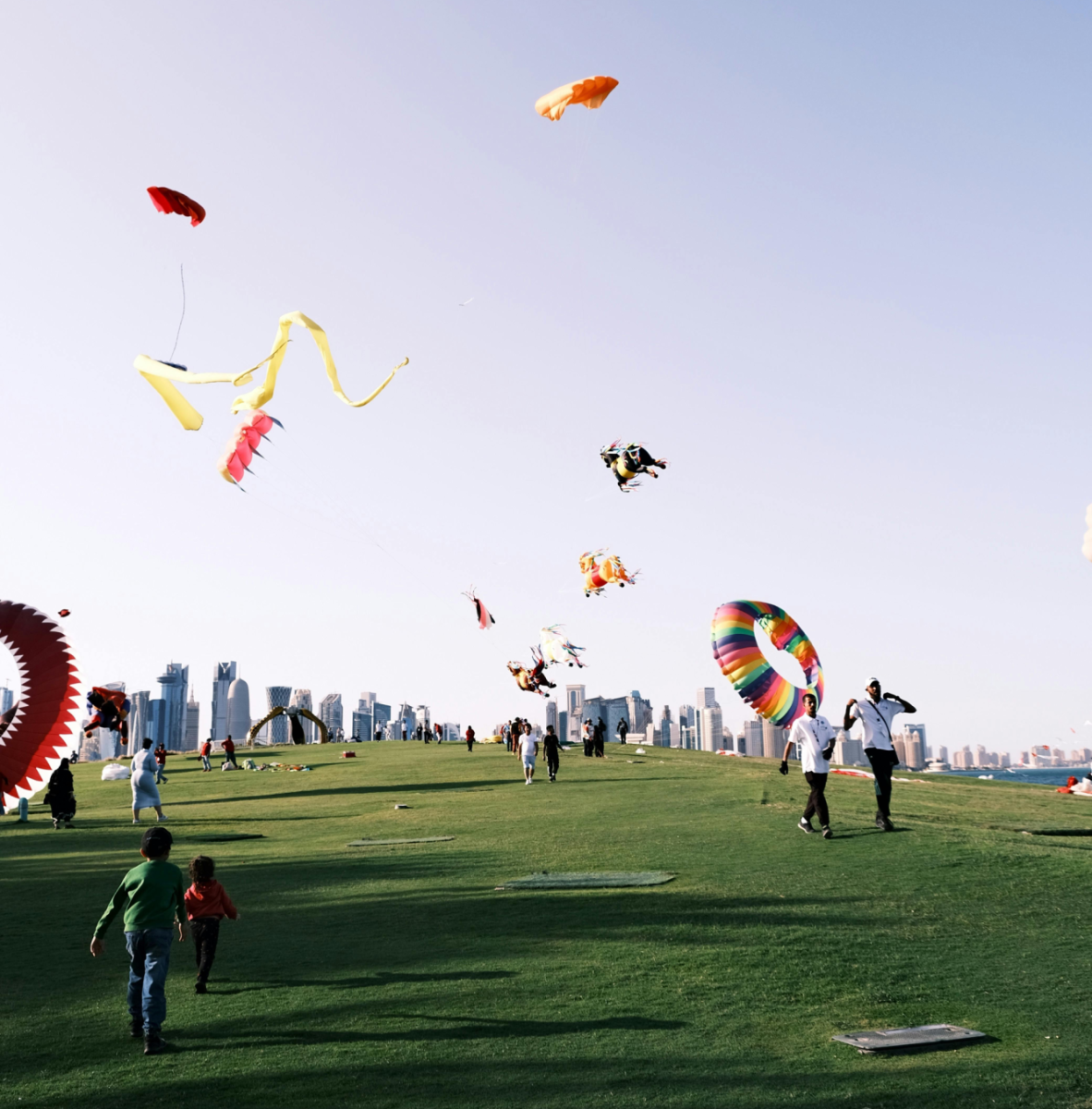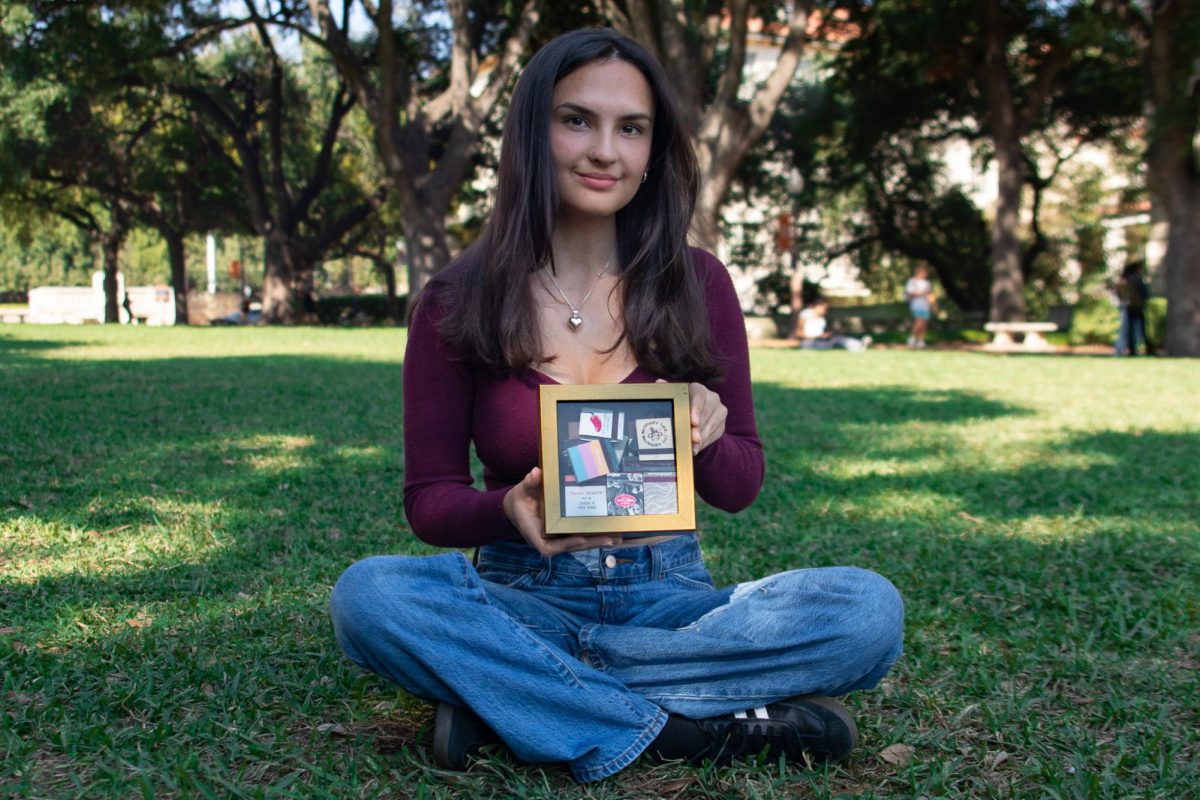A nostalgic trend is sparking back to life: matchbook collecting. Once a staple at bars and restaurants, these small artifacts reignited as a passion among young enthusiasts who see beauty in their design and the stories they tell. With this resurgence, matchbooks are becoming more than just practical items, but also cherished tokens, each holding a tale waiting to be rediscovered.
UT biomedical engineering student Shea Anderson’s collection with her roommate, Karla Jimenez, began after seeing inspiration on Pinterest. She later found her first matchbook at Monkey See, Monkey Do! on South Congress.
“They were just in the little bowl and we were like, ‘Wait this is so cute, I wonder if other places have them,’’’ Shea said. “(Karla) was like, ‘We should have a collection of places all throughout Austin where we just explore and try to find them.’”
Matchbook collecting is not new. According to the Pennsylvania Center for the Book, in 1895, the Mendelson Opera Company purchased blank matchbooks and hand-lettered them with promotional information. In 1896, Pabst Blue Ribbon became the first food and beverage company to invest in branded matches. By the 1940s, over a million Americans became matchbook collectors. These matchbook labels became a popular part of everyday life, and some people began collecting them like stamps or coins. This popular hobby called phillumeny created an abundance of passionate collectors known as “phillumenists.”
This hobby inspires Shea, a lifelong Austin resident, to discover new places in the city.
“I went to a Vietnamese pho place called Elizabeth’s (to find a matchbook), but they said (they) don’t do that anymore,” Shea said. “Although they didn’t have a matchbox, the food was incredible.”
Despite Shea’s failed attempt at finding a matchbook to add to her collection at Elizabeth Street Café, she remained undeterred. She realized it wasn’t just about collecting matchbooks, but about the experiences she gets while collecting them. Shea and Karla often find themselves visiting a variety of local eateries and shops around Austin when searching for matchbooks.
“I really like that it kind of gives you a push to explore areas you usually wouldn’t,” Shea said.
To keep Shea’s matchbook-hunting adventures organized, she created a carefully curated Google Spreadsheet titled “Ultimate Guide to Matchboxes in Austin,” where she keeps track of places she visits and places she wishes to explore.
Shea explained that one of the greatest challenges with starting this hobby is the financial and transportation limitations she faces as a college student. While she enjoys visiting new places, Shea said she can’t spend money on new restaurants every week.
Even so, she said she avoids accepting matchbooks that her friends gift her from new places because it defeats the purpose of exploring somewhere new in the city.
“I’ve kind of started to stray away from receiving matchbooks from friends because I want to get them on my own,” Shea said. “I want my own reason to go to that place and try out the food.”
One of Shea’s favorites in the collection is a special one Karla brought back from a memorable date—the night her boyfriend asked her to be his girlfriend. After learning about the two roommates’ matchbook collection, Karla’s boyfriend made a reservation at Sammie’s in Downtown Austin. He chose Sammie’s solely because the restaurant gives out matchbooks. He called ahead for a reservation and placed the restaurant’s matchbooks on the table. When Karla went to sit down, she discovered the matchbooks, and he asked her to be his girlfriend.
“I pretty much have a story for all of them,” Shea said. “It’s like a different way of scrapbooking.”
Shea said that a key part of the collecting process is the unique story behind each matchbook.
Shea advised beginners to bring a friend or two who want to start their own collection. That way, the thrill of discovering a new matchbook to add to the collection can always be shared with someone.
Shea suggested the best place for beginner phillumenists to start their collection is on South Congress at places like Home Slice Pizza. Then, beginners can start branching out to other parts of the city they may have previously overlooked.
“After living here for 19 years,” Shea said, “ this is the first time I’m branching out of my comfort zone and finding new places (to explore).”
































